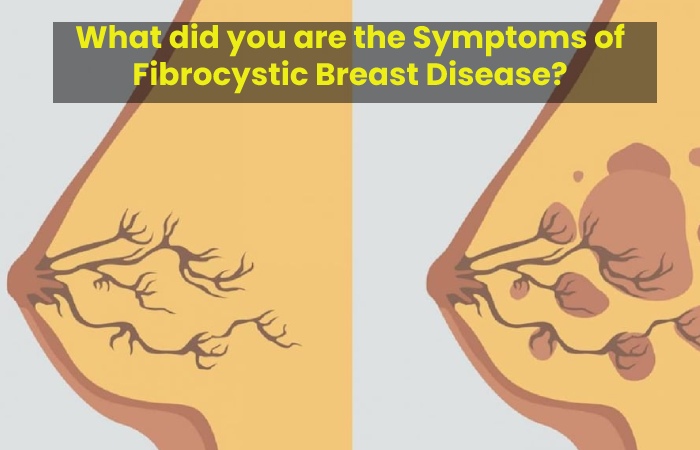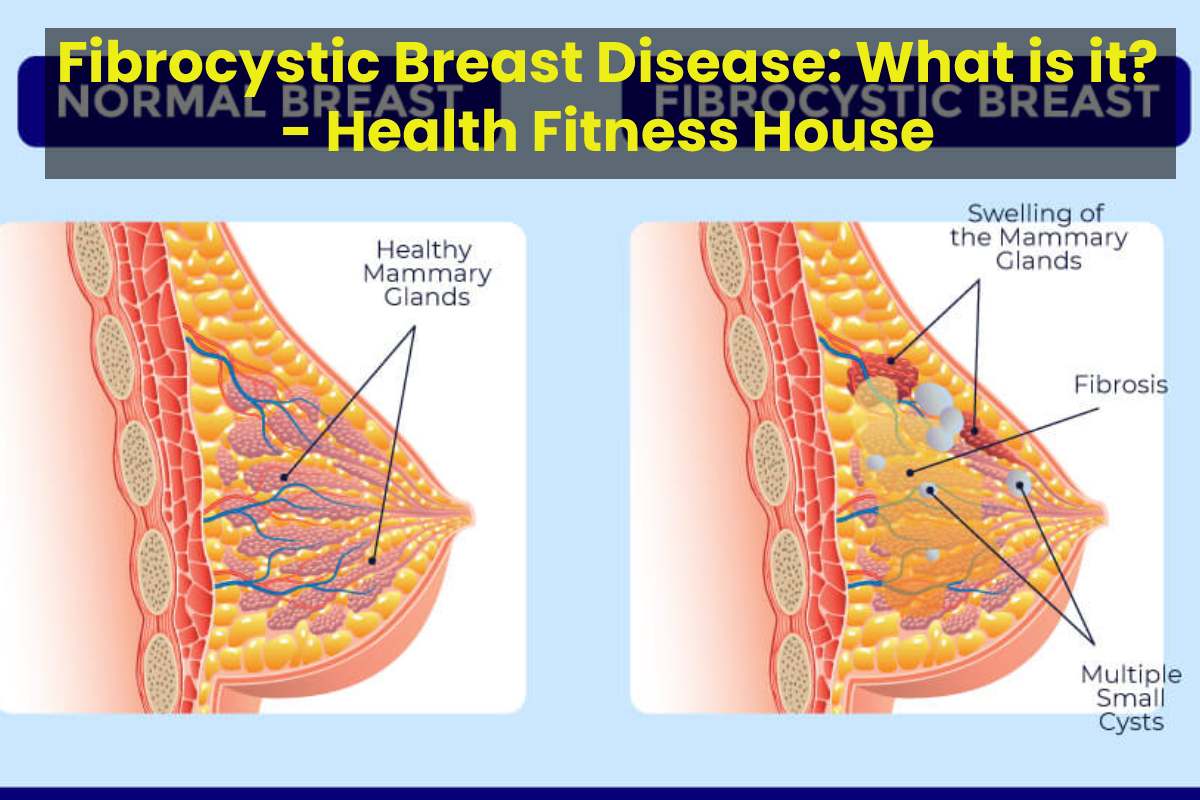A benign illness known as fibrocystic breast disease causes the breasts to feel lumpy and is also known as fibrocystic breasts or fibrocystic change. Although fibrocystic breasts are neither hazardous, some women may find them irritating or painful.
More than half of women will experience fibrocystic breast disease at some time in their life, according to the Mayo Clinic. Many women who have fibrocystic breasts won’t have any related symptoms. Although having fibrocystic breasts is not hazardous, it might make it more difficult to diagnose breast cancer.
Table of Contents
Is Fibrocystic Breasts a Disease?
No. The condition remained previously called fibrocystic breast disease, but healthcare providers have stopped using this term for several reasons. First, it’s common to have fibrocystic breasts. They’re pretty standard. Secondly, just because you have fibrocystic breasts doesn’t mean you have a health problem. This condition remains now referred to as fibrocystic breast changes.
What did you are the Symptoms of Fibrocystic Breast Disease?

If you take fibrocystic breast disease, you may knowledge the following symptoms:
- swelling
- tenderness
- pain
- thickening of tissue
- lumps in one or both breasts
You may consume more swelling or lumps in one breast than in the other. Your symptoms will probably worsen right before your period due to hormonal changes, but you whitethorn have symptoms throughout the month.
The lumps in fibrocystic breasts incline to fluctuate in scope throughout the month and are usually movable. But occasionally, if there’s a lot of fibrous tissue, the lumps may remain more fixed in one place.
Your whitethorn also experiences pain under your arms. Some women have a green or dark chocolate discharge from their nipples. See your doctor if clear, red, or bloody fluid comes out of your nipple, as this may be a sign of breast cancer.
What Causes Fibrocystic Breast Disease?
Breast tissue changes in reply to the hormones made through the ovaries. You may take more pronounced differences in response to these hormones if you have fibrocystic breasts. It can result in bulges and tender or painful breast lumps.
Symptoms are most common just beforehand or during your period. You may grow lumps in your breasts caused by cysts and swelling of your breast lobules, the milk-producing glands. Your whitethorn also feels a lumpy thickening in your breast produced by an extra growth of fibrous tissue.
Who gets Fibrocystic Breast Disease?
Any woman can grow fibrocystic breast disease, which most commonly occurs in women in their 20s to 50s. Birth control pills may decrease your symptoms, and hormone therapy may increase them. Symptoms typically recover or resolve subsequently after menopause.
Fibrocystic breast disease and cancer
Fibrocystic breast disease doesn’t increase your danger of getting cancer. Still, the changes in your breasts can make it more difficult for you or your doctor to identify potentially cancerous lumps during breast exams and mammograms.
The U.S. Preventive Services Task Force endorses that women between 50 and 74 get mammograms every two years. The National Cancer InstituteTrusted Source also notes that regular breast self-exams can be helpful. You must become familiar with how your breasts look and usually feel to know when there are changes or something doesn’t seem right.
How do Fibrocystic Breasts affect My Body?
Fibrocystic breast changes can remain accompanied by a range of other symptoms, including:
- Breast discomfort or tenderness can worsen just before your period.
- The sudden formation of masses in your breast may also disappear quickly.
- Free moving, lumpy masses in your breast, often close your armpit. These are usually asymptomatic (cause no pain) and are discovered by accident or during breast self-exams.
- Symptoms can worsen after age 30 and intensify again after age 35.
How is Fibrocystic Breast Disease Treated?
Most incredible women who have fibrocystic breast disease don’t need invasive treatment. Home treatment is usually sufficient to dismiss associated pain and distress.
Over-the-counter pain stand-ins such as ibuprofen (Advil) and acetaminophen (Tylenol) can relieve pain and discomfort. You can also try tiring a well-fitting, supportive bra to reduce breast pain and tenderness. Some women find that smearing warm or cold compresses relieves their symptoms. Try using a warm cloth or ice wrapped in a cloth on your breasts to see which works best for you.
Conclusion
Breast fibrocystic alterations are common and unrelated to any illness or medical condition. Be careful to inform your doctor if you see any new lumps or growths in your breast tissue. For the best possible health and fitness, regular exams remain advised.
Also Read: Get Rid of Toxins with a Detox Diet

